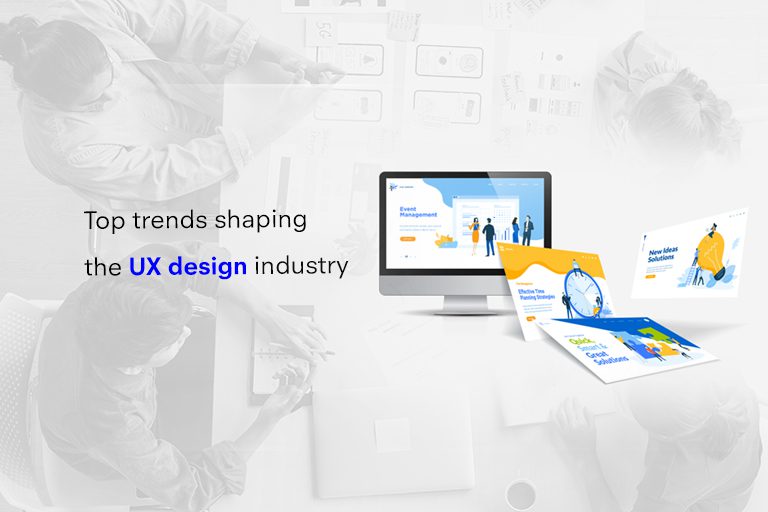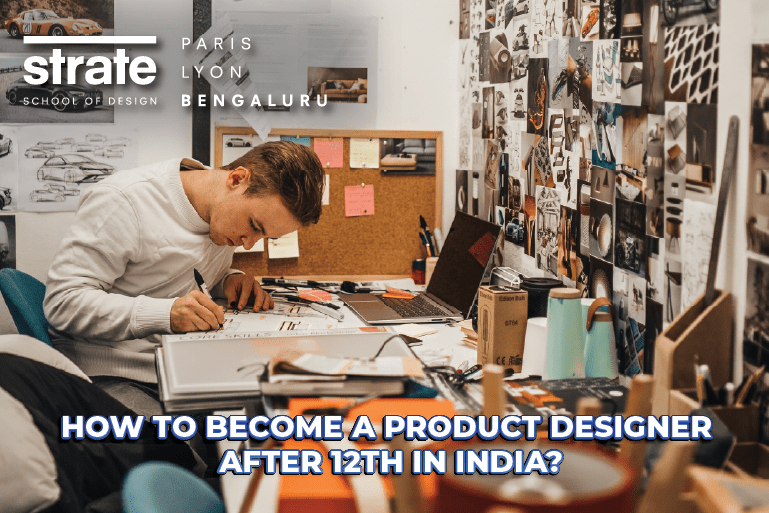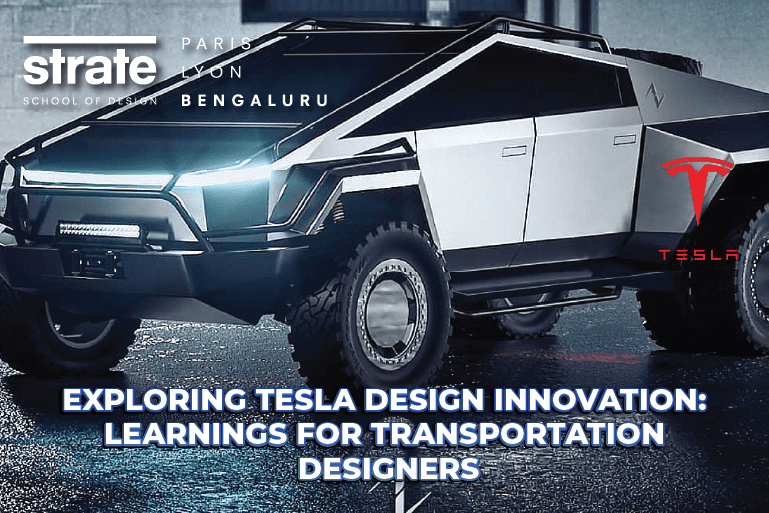UX Design (User Experience design) is one ever-changing and fascinating field that works on creating new products, applications, website designs and user interfaces – while engaging with emerging technologies and their evolution. UX design focuses on the goal to take care of demands (new and old) of users to provide them the best experiences when they interact with the products. Taking the current state of technology advancements and world post pandemic in mind, this article brings to you where UX design will move towards in 2022. Considering all aspects inclusive of pandemic, global connectivity, emerging technologies, new standards of personalization to storytelling experiences, here is a look into UX design trends in 2022:
Metaverse
The Internet has changed beyond our imagination from a few decades ago. With Web 3.0 and Metaverse in the picture now, the digital universe is now a reality and has a huge potential to change the way our society functions. This will bring in 3D graphics, personalized and behavioral advertising and smart apps that assist individual users. Now, Metaverse is joining VR technology with a decentralized web, a world of virtual spaces where one can create, explore and build with other people – who are not in the same physical space as you.
This opens up the possibility of hosting UX-events in a virtual space when you are projected as your digital avatar. UX designers will need to make note that this technology will make devices more connected than ever, so UX design must be designed keeping in mind its useability for multiple platforms that can be accessed virtually from anywhere.
Read more: What UX/UI and emerging technologies can do for retail?
Gaming experience
Gaming industry is rapidly advancing with the use of extended reality and many other emerging technologies to become a hot sector that is offering strong competition to Hollywood. The adaptation of gaming behavior and interactive content in UX design is no surprise. Many experts have given importance to the gaming sector to reflect on how brands will soon fill their apps, websites and marketing campaigns with mini and micro playful content that mimic the interaction of video games and pushes the user to feel part of the action.
When a user finds interactive and playful content that keeps them engaged and offers a pleasant experience, they are bound to share their experiences via word of mouth and social media. It is expected that by 2022 more and more brands will use gaming to interact with their users, especially to market their products – making this a regular part of the web experience where visitors can find entertaining and engaging content.
A leading example of this is Balenciaga’s 2020 lookbook that starts with a game before it leads you to their main site.
Storytelling
Stories are an integral part of human lives and have been with us since our existence. We can see this from the first discovered cave paintings, signs, princess fairy tales to today’s social media content where each story, reel and post is narrating a story. These narratives in the stories define how we connect and share common grounds, evoke our curiosity and immerse us into certain stories more than others.
In UX design brands creating an experience with storytelling can build a strong connection with their customers. UX designers must weave together a story that unfolds for the users page by page, click by click and scroll by scroll. UX design must be able to narrate who the brand is, what they are about, what they are trying to do and how does the user fit into the vision and offerings of the brand.
Read More: Evolution of creative sketching
Personalized experiences
Personalization is one trend that is bound to stick for the long run. With the quantity of content across all digital and social media channels increasing by the minute, many brands are working on building unique user specific experiences by personalization. This means to personalize the experience to each individual user, such as offering them personalized suggestions for navigation or shopping.
Personalization is known to benefit businesses and have customer retention, and with personalized user experiences intensifying – brands are more than ever looking to build a complete and total package for the user. A UX designer here must aim to create a design and a product that closes the gap between what a user wants or needs and what they experience.
One of the leading examples for the same is how Netflix is making personalized suggestions to each of their users in terms of location (top 10 in XYZ country), similar movies/ shows (because you watched ABC show), demographics to behavioral data. Of course Artificial Intelligence plays a leading role in making this possible. With this kind of information handy with UX designers, they can curate an experience and a journey for a user that is personalized based on their needs, usage, behavior patterns and expectations.
Few other examples of the same are: Shopping suggestions on Instagram, most listened to music on Spotify among others.
Also Read: A brand identity designer’s guide to responsive logo design
Extended Reality (ER)
The term extended reality encompasses within it – Augmented reality and virtual reality. Many brands are already integrating ER into their brands by offering users to ‘try on’ products from home.
When a brand offers a customer to visualize and see how a piece of furniture will look in their home, AR technology is in function however when a medical professional person is wearing a headset to practice seeing and treating virtual patients, that is VR in function.
Now considering how crucial AR and VR are to build 3D spaces and experiences, UX designers also need to account for how users will make use of the headsets and haptic suits. They need to make note of holography, spatial and audio augmentation, designing for mixed reality developers with devices and experiences more linked than ever. This needs designers to be well versed in designing for VR platforms in an efficient, effective and ethical manner.
Artificial Intelligence – AI
AI is machine based intelligence and has already had a great impact on UX design. If you have used technologies like Amazon’s Alexa or Siri – you have already experienced AI in action. UX designers have been already implementing AI tools that help to generate color palettes and draw fictional portraits for personas to curate personalized content for users. However, the future of AI is exponential, especially in UX design and more specific to user research and information architecture. AI can help to build large numbers of wireframes based on its findings of best practice on the web, saving time for designers to iterate and come up with possible solutions.
Widely used photo editing apps are also known to use AI technology to help enhance images and remove backgrounds. Google is one of the leading brands to work with AI at a mega scale and their latest project is building an AI program that dwells deep to investigate a number of elements on various apps to measure their ‘perceived tappability’.
From a future point of view, further advancement and refinement in AI can bring in various sites that can help UX designers to submit and receive rather quickly AI-generated heat maps reflecting the usability of their designs.
Read more: Impact of 3D printing on the future of Product design
Emotive interaction design
Also known as emotional design – it is about curating and creating experiences that bring an emotional response from the users. This helps to build a personal, deep connection with the users to the brands website, application and other digital media channels leading to higher recall value and retention rate. Not to forget makes the experience unforgettable, share worthy and a memorable one.
Here gaming, animations, AI based personalized content can all come to play to build a unique emotional experience journey. A leading example is how Duolingo uses characters that help a user to move forward, the character congratulates a user for doing well, or going a level up, gives them awards, opens up news challenges and also offers support when the user is unable to fully complete a challenge. This brings in a sense of excitement and eagerness for the user to stay connected and keep learning.
Few other trends to keep in mind are the use of Dark mode ( using dark color palettes), micro-interaction (such as – like button, save for later button, enter small details etc), voice user interface ( building impactful experience using voice commands), responsive design among others.
Read More: How to build an impressive UX design portfolio
Seeking to enter the world of UX design and build a career in the ever-so-dynamic field? At Strate, the Interaction Design course has the main objective to offer students the training, experience, skills and tools they need to design meaningful and ethical interactions between people and products. Visit the Strate website to get more details on available courses and admission details.






Want to Become a Designer ?
Strate is a unique design school that nurtures your talents as a designer by offering state-of-the art designing courses in Bangalore.
Join Strate